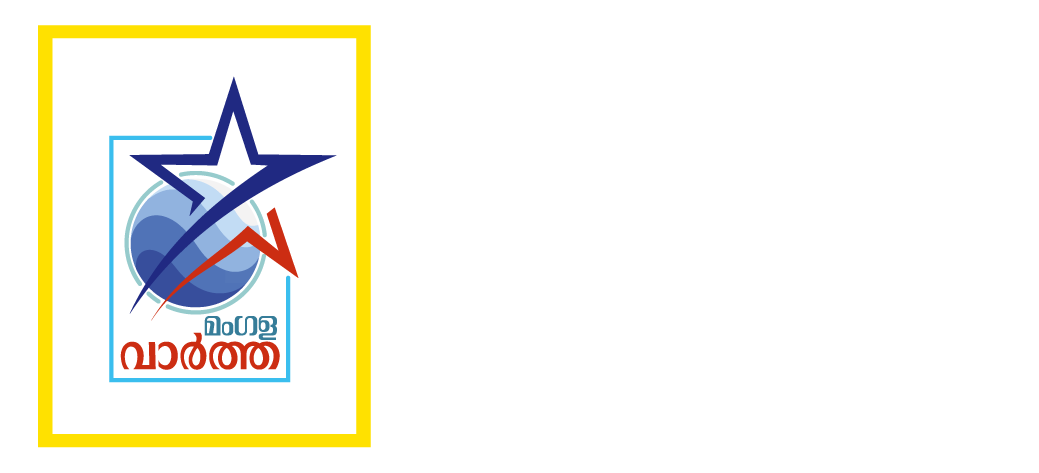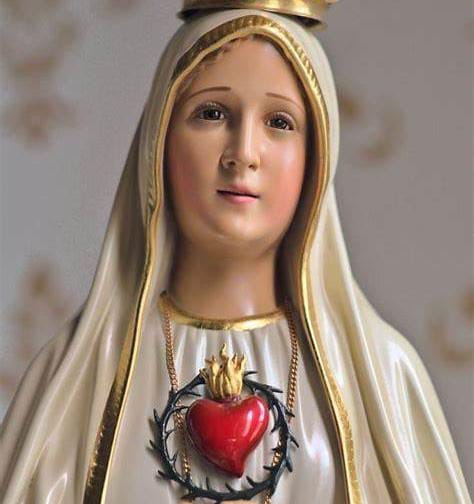apparition-of-the-virgin-to-st-catherine-laboure.jpgThe devotion commonly known as that of the Miraculous Medal owes its origin to St. Catherine Laboure, a member of the Daughters of Charity of St. Vincent de Paul, to whom the Blessed Virgin Mary appeared three separate times in the year 1830, at the mother-house of the community at Paris. The first of these apparitions occurred July 18, the second November 27, and the third a short time later. On the second occasion, Sister Catherine records that the Blessed Virgin appeared as if standing on a globe, and bearing a globe in her hands. Dazzling rays of light were emitted from her fingers, as if from rings set with precious stones. These, she said, were symbols of the graces which would be bestowed on all who asked for them. There were also rings from which no light rays flowed, and these symbolized the graces souls failed to ask her for. Sister Catherine adds that around the figure appeared an oval frame bearing in golden letters the words “O Mary, conceived without sin, pray for us who have recourse to thee”; on the back appeared the letter M, surmounted by a cross, with a crossbar beneath it, and beneath all, the Sacred Hearts of Jesus and Mary, the former surrounded by a crown of thorns, and the latter pierced by a sword.
At the second and third of these visions a command was given to have a medal struck after the model revealed, and a promise of great graces was made to those who wear it when blessed. After careful investigation, M. Aladel, the spiritual director of Sister Catherine, obtained the approval of Mgr. de Quelen, Archbishop of Paris, and on 30 June, 1832, the first medals were struck and with their distribution the devotion spread rapidly. In February 1832 a terrible epidemic of cholera broke out in Paris and would eventually result in 20,000 deaths! In June the Daughters of Charity began to distribute the first 2000 medals that had been made at the request of Father Aladel. The number of cures multiplied, as well as protection from the disease. Many conversions also began to occur. There was a surge of requests for the medal, and the people of Paris began to call the medal “miraculous.”
Father Alphonse RatisbonneOne of the most remarkable facts recorded in connection with the Miraculous Medal is the conversion of a Jew, Alphonse Ratisbonne of Strasburg, who had resisted the appeals of a friend to enter the Church. M. Ratisbonne consented, somewhat reluctantly, to wear the medal, and being in Rome, he entered, by chance, the church of Sant’ Andrea delle Fratte and beheld in a vision the Blessed Virgin exactly as she is represented on the medal; his conversion speedily followed. This event was investigated and received ecclesiastical sanction and is recorded in the Office of the Miraculous Medal. Within 5 years of the apparitions, there were more than one million medals worldwide, and in 1839 more than 10,000,000 medals were distributed. At the time of the death of Sister Catherine, in 1876, more than a billion medals had been produced and sent throughout the world.
In 1847, Pope Pius IX granted the privilege of establishing in the schools of the Sisters of Charity a confraternity under the title of the Immaculate Conception. This confraternity adopted the Miraculous Medal as its badge, and the members, known as the Children of Mary, wore it attached to a blue ribbon. In 1894, Pope Leo XIII, after a careful examination of all the facts by the Sacred Congregation of Rites, instituted a feast, with a special Office and Mass, of the Manifestation of the Immaculate Virgin under the title of the Miraculous Medal, to be celebrated yearly on 27 November.
More about the Meaning of the Medal
miraculous medal, orginal french miraculous medal, with french inscriptionThe words and pictures engraved on the medal represent three closely tied messages. “O Mary, conceived without sin, pray for us who have recourse to thee.” The identity ofMary is explicitly revealed to us here: the Virgin Mary is immaculate from the moment of her conception. This privilege is already bestowed upon her through the merits of the Passion of Jesus Christ, and from it flows the all-powerful nature of her intercession for those who pray to her. This is why the Virgin invites all to have recourse to her in the difficulties of life. Her feet are planted on a half-ball, and they are crushing the head of a serpent. The half-ball is a half-globe, the world. The snake personifies Satan and the forces of evil.
The Virgin Mary is herself engaged in a spiritual battle, the battle against evil, of which our world is the battlefield. She calls us also to follow God’s way, which is not the way of the world. It is this true grace resulting from one’s conversion that the Christian must ask of Mary to bring it to the whole world. Her hands are open and her fingers are adorned with rings, decorated with precious stones. Rays of light are emitted from these jewels, becoming increasingly bigger as they are beamed toward earth. The radiance of these beams reaffirms our trust in the fidelity of Mary (symbol of the rings) towards her Creator and towards her children, in her intervention (the rays of grace being beamed to earth), and in final victory (the light itself), since she, as the first disciple, is the first saved.
Miraculous medal, back of the miraculous medalOn the back of the medal is an initial and a drawing which introduce us to the secret of Mary. The letter “M” is superimposed by the cross. The “M” is the initial of Mary; the cross is the cross of Christ. The two interlaced symbols represent the everlasting bond that ties Christ to his Holy Mother. Mary is associated with the mission of the salvation of humanity through her son Jesus, and by her compassion participates in the actual redemptive sacrifice of Christ. The heart crowned with thorns is the Heart of Jesus. It reminds us of the cruel circumstances surrounding the Passion of Christ, recounted in the Gospels. It represents His Passion offered for love of humanity. The heart pierced by a sword is the Heart of Mary, his Mother, reminding us of the prophecy of Simeon recounted in the Gospels, the day of the Presentation of Jesus in the temple of Jerusalem by Mary and Joseph. It represents the love of Christ that dwells within Mary and His love for us: for our Salvation she accepts the sacrifice of her own Son. The closeness of the two hearts expresses that the life of Mary is intimately tied to that of her Son, Jesus. Twelve stars are engraved around the medal. These correspond to the twelve apostles and represent the Church. To be of the Church is to love Christ and to participate in his Passion for the salvation of the world. Each baptized person is invited to become a part of the mission of Christ by uniting his heart with the Hearts of Jesus and Mary. The medal is a call for each of us to walk generously the path of love and sacrifice, like Our Lord and His Mother, to the point of a total gift of ourselves.Miraculous Medals.

